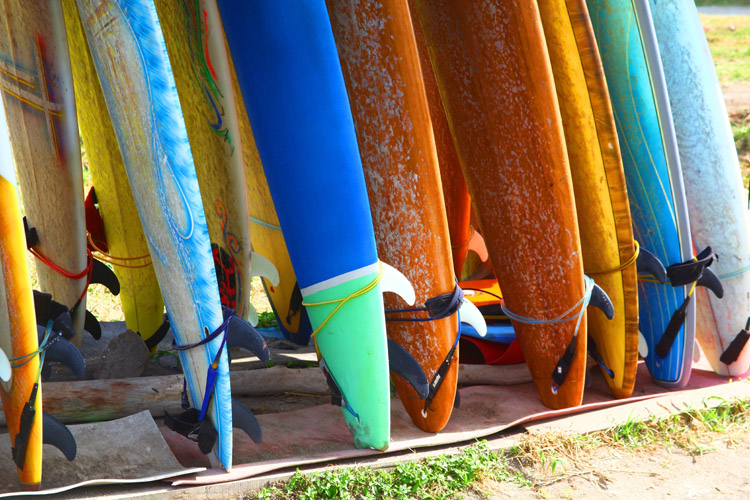Surfboards are constantly evolving, and there are multiple board designs for a broad range of environments. Discover the most popular types of surfboards.
The world offers an infinite spectrum of waves, and that is why there is a wide range of surfboard designs, templates, and shapes.
Today, brands and craftsmen develop anything you can think of.
You'll find retro surfboards, hybrid models, high-performance boards, vintage logs, and big wave surfing machines.
As in almost everything in surfing, different shapes result in various surfing experiences.
However, modern surfboard shaping works around seven main templates: shortboards, longboards, fish boards, malibu/funboards, guns, tow-in boards, and stand-up paddleboards.
Only then come the elements of the surfboard design: outline, length, width, nose shape, tail shape, thickness, rocker, bottom curves, rails, fin setup, and volume.
The Shortboard
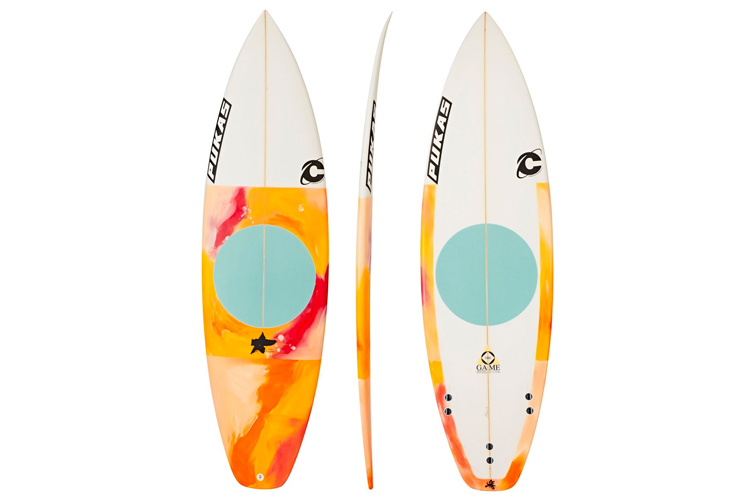
The shortboard is the classic surfboard born out of the so-called shortboard revolution, when Bob McTavish, Nat Young, and Dick Brewer radically transformed the 9'6'' longboards into 6'6'' surfboards.
Shortboards are the most popular surfboard templates in the world right now.
If you visit a popular surfing beach, you'll find out that 95 percent of the surfers are riding boards between 5'5'' and 6'5''.
A shortboard can be difficult to paddle, but it is easier to duck dive than a longboard.
Shortboards are also easier to turn and will respond quickly in critical moments and sections of the wave.
The most common fin setup used in shortboards is the thruster (tri-fin) system.
The Longboard
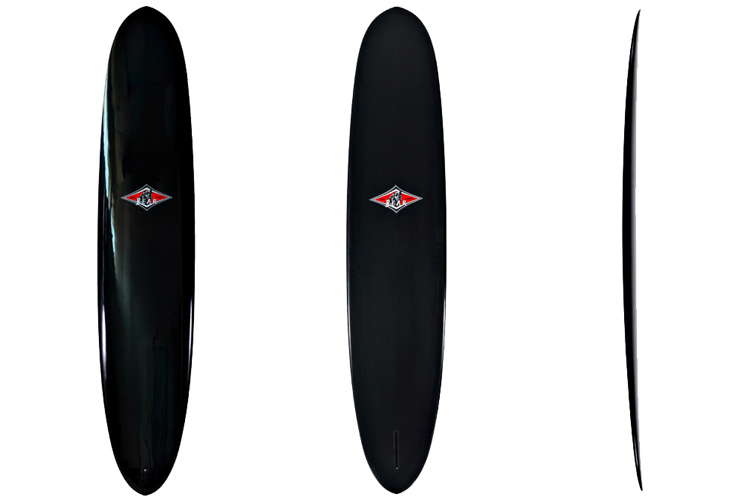
The first surfboard of the modern era was a longboard. As the name suggests, longboards are long surfboards.
Longboards are typically over 9' and feature a rounded or blunt nose, plenty of forward width, and wide tails.
Longboards have a lot of foam volume and are highly buoyant. As a result, they're easy to paddle and will enter any wave quickly.
The longboard is the perfect craft for small surf because they plane very well in sloppy summer waves.
Longboards are quite stable and can be ridden on the nose, but they're difficult and slow to turn.
However, they reflect a tradition, a style, and a statement in the history of surfing.
The Fish
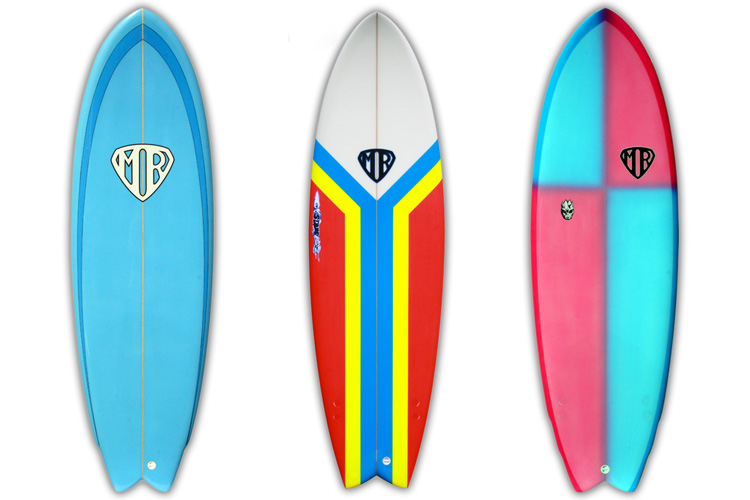
Fish surfboards are similar to shortboards, but they tend to be wider from nose to tail and smaller in length.
Because of their width and low rocker, they plane better and generate a lot of speed in small-to-medium waves.
The fish model was designed by Steve Lis, a kneeboarder from San Diego, in 1967.
These small and fast surfboards also feature a fish-inspired tail and are frequently ridden with a twin-fin setup.
One of the most popular fish models is the 1980 Retro Twin Fin by Mark Richards, a magic contest surfboard that helped the Australian win four world titles between 1979 and 1983.
The Malibu/Funboard
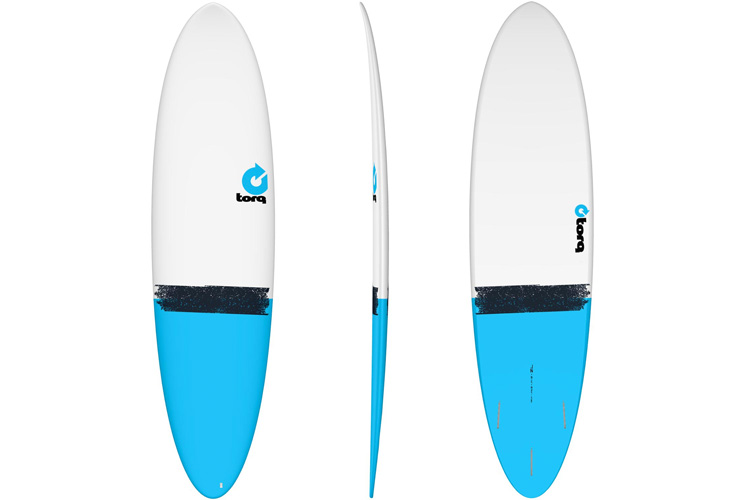
The Malibu, also known as a funboard, is a blend between a longboard and a shortboard.
They are a favorite type of board between beginners and heavier surfers.
Still, they can also be a backup option for experienced riders who enjoy having fun in small summer conditions.
Malibus typically range from 6' to 8' and are forgiving boards in ankle-to-waist high waves.
The Gun
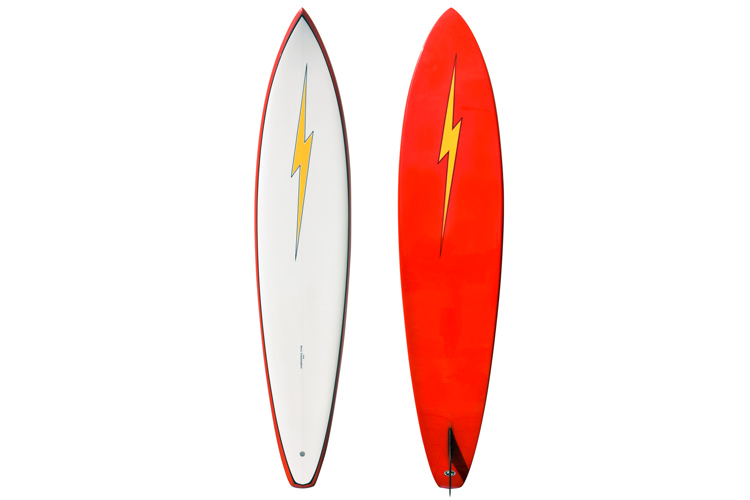
Guns are large shortboards shaped for extreme surfing conditions.
Big wave surfing pioneer Pat Curren is widely considered the father of the gun. He was one of the first surfers to challenge Waimea Bay in Hawaii.
Big wave guns are quite easy to paddle and will enter fast big waves quickly, but because they're big, they're not easy to turn.
They usually feature a pintail, and the length varies from 7' to 12'.
Big wave surfing boards have a narrow nose and are often equipped with a thruster fin setup.
The Stand-Up Paddleboard (SUP)
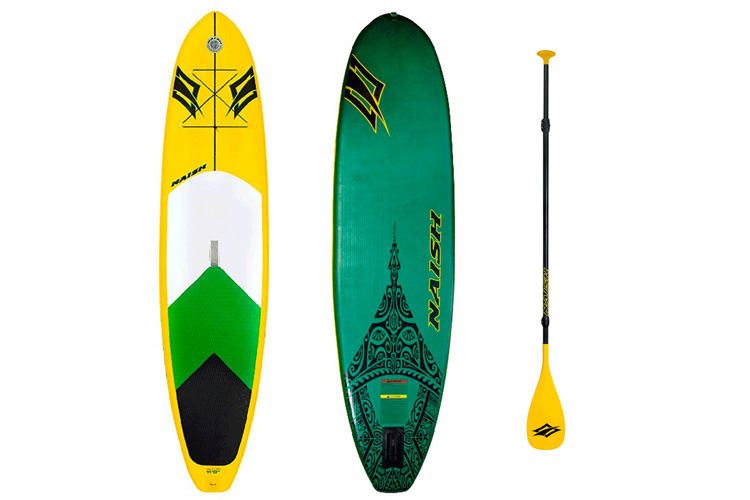
A stand-up paddleboard is similar to a longboard, but it was inspired by ancient Hawaiian and African water practices.
SUP surfers use a paddle to propel the board across the water.
SUPs are thick, wide, and built from epoxy and fiberglass. They typically range from 9' to 12' and are also available in the inflatable version.
Stand-up paddleboards allow users to surf small-to-medium waves, but they can also be enjoyed in flat water spots, including lakes, rivers, and canals.
The Tow-In Board
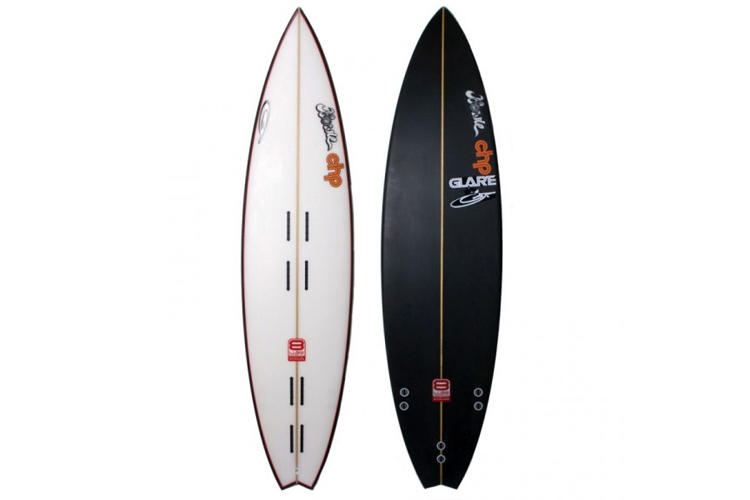
With the advent of jet ski-assisted big wave surfing, there was a need for short, narrow, and low-area boards.
The tow-in model was introduced in the early 1990s by Dick Brewer and first tested by Laird Hamilton.
Tow-in boards are equipped with a small quad or thruster fin setup and foot straps and are heavier than standard surfboards.
Traditionally, tow boards feature pin or swallow tails and range between 6' and 6'6''.
Learn more about surfboards. Get "The Surfboard Book."
Explore the effects of surfboard design on wave performance.
